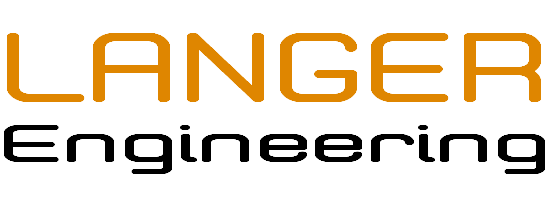Finishing 3D Printing: Achieving Professional Results
Finishing 3D printing involves various post-processing techniques that enhance the quality, appearance, and functionality of printed parts. While 3D printing offers unprecedented flexibility and creativity, the raw prints often require additional work to meet the desired standards of smoothness, strength, and aesthetic appeal. Here’s an in-depth look at the methods and tools used in finishing 3D printed objects.
Sanding
Sanding is a fundamental step in finishing 3D prints, particularly for FDM (Fused Deposition Modeling) and SLA (Stereolithography) prints. This process smooths the surface, removes layer lines, and prepares the part for further treatments. Starting with coarse-grit sandpaper and progressively moving to finer grits ensures an even and polished finish. Sanding sponges and sticks can help reach intricate areas and curves.
Polishing
Polishing further refines the surface after sanding. For PLA and ABS prints, using a polishing compound with a buffing wheel can yield a glossy finish. Resin prints benefit from wet sanding followed by polishing with specialized pastes. Polishing not only enhances the visual appeal but also improves the tactile feel of the printed part.
Painting
Painting 3D printed parts can transform their appearance, making them look more like finished products rather than prototypes. Primer is applied first to ensure paint adhesion and to fill minor imperfections. Acrylic paints are popular for their ease of use and fast drying times. For a professional look, airbrushing techniques can be employed to achieve smooth and even coatings. Clear varnishes or protective coatings are often used to seal the paint and add durability.
Chemical Smoothing
Chemical smoothing, particularly for ABS prints, involves exposing the part to acetone vapor. This process dissolves the outer layers, resulting in a shiny and smooth finish. Although highly effective, it requires careful handling and proper ventilation due to the fumes.
Filling and Priming
For prints with larger gaps or defects, fillers such as epoxy or putty can be used before sanding and painting. Priming the surface ensures that subsequent paint layers adhere properly and appear uniform. Spray primers are convenient for covering the entire surface quickly and evenly.
Assembly and Bonding
For complex models printed in multiple parts, assembly and bonding are crucial steps. Superglue or epoxy adhesives are commonly used to join parts. Proper alignment and clamping during curing ensure strong and precise bonds.
Post-Processing for Resin Prints
Resin prints from SLA or DLP (Digital Light Processing) printers often require additional steps such as post-curing, washing, and UV treatment to achieve optimal strength and stability. Post-curing hardens the resin completely, while washing removes uncured resin residue.
Surface Treatments
Advanced surface treatments include electroplating, hydrographics, and powder coating. These techniques provide additional aesthetic options and functional benefits like improved wear resistance or electrical conductivity.
Conclusion
Finishing 3D printed parts is an essential process that transforms raw prints into professional-grade objects. By employing techniques such as sanding, polishing, painting, chemical smoothing, and advanced surface treatments, you can achieve high-quality results that meet specific functional and aesthetic requirements. Whether for prototypes, functional parts, or artistic creations, mastering the art of finishing 3D prints is key to unlocking the full potential of 3D printing technology.


